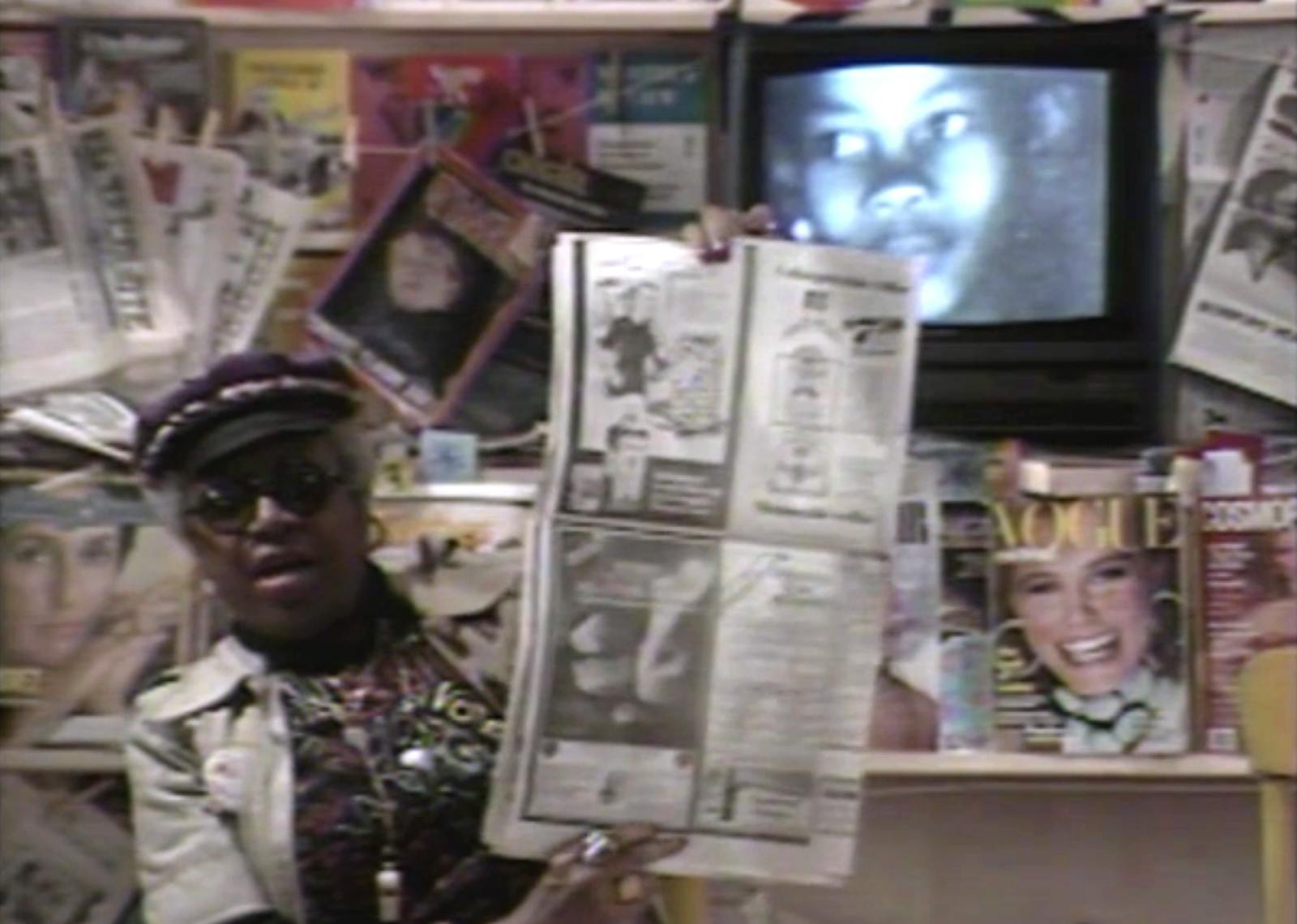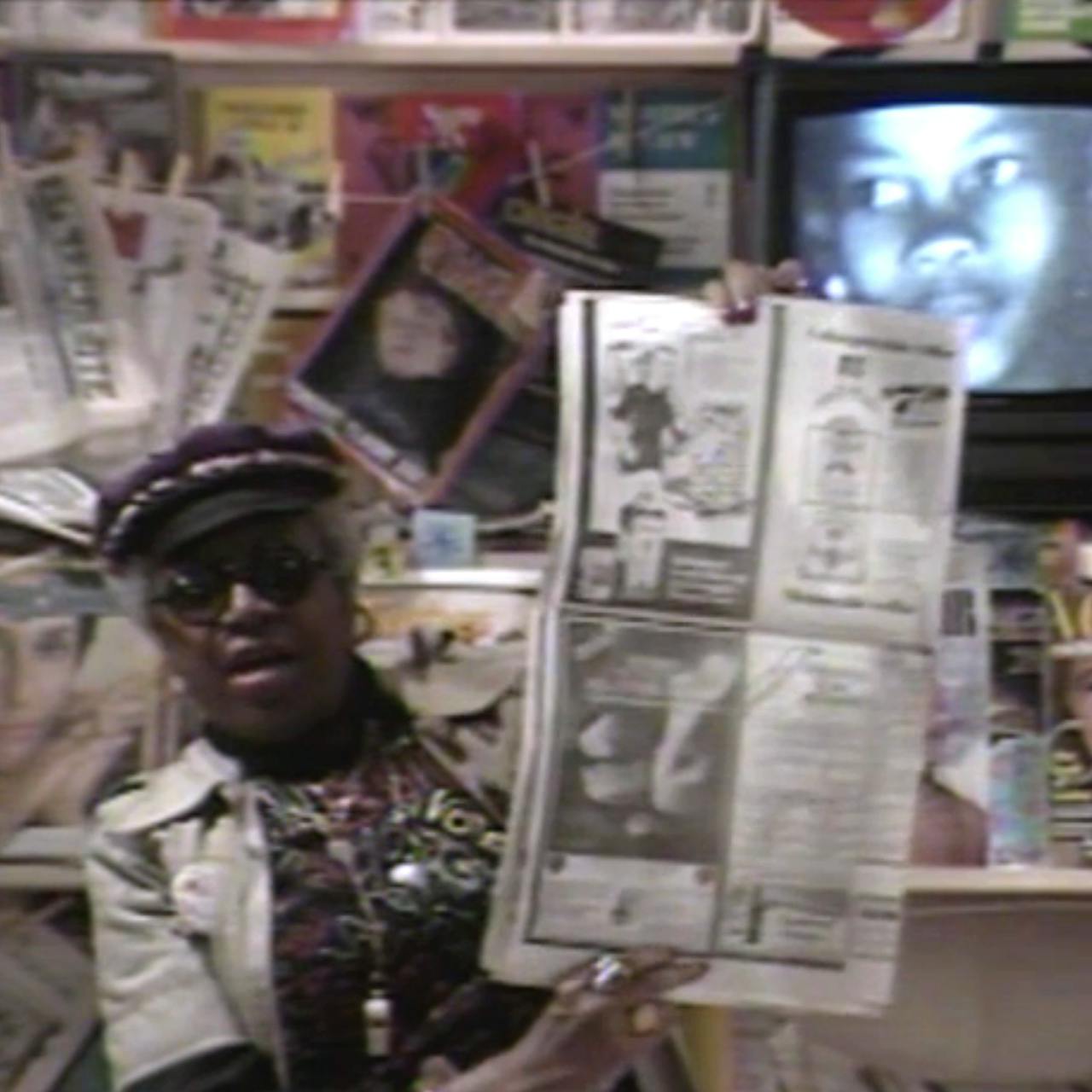Flo Kennedy Reads U.S. Press on South Africa
READING THE MEDIA


Paper Tiger Television
With dry wit and unremitting intensity lawyer, actor, and activist Florynce “Flo” Kennedy investigates the way U.S. media acted in support of apartheid in South Africa through what it published (or didn’t) in this 1985 episode of Paper Tiger Television. Cutting together news media describing the “petty annoyances” of racism with accounts of militarized dispossession and other anti-Black projects of the apartheid regime, Kennedy showcases how the media uses a language of neutrality to obscure its ideological commitments.
Considered by many the most balanced, exemplary newspaper, The New York Times is no less a yellow journal than any other periodical, a type of yellow journalism Kennedy shows can be examined by the way the paper ignores the apartheid in South Africa or publishes only when it absolutely can’t be ignored—such as when Desmond Tutu won the 1984 Nobel Peace Prize. Even then, what photos are used? How big is the article? Where is it situated?
She compares this dismissal of the realities of South African apartheid to the treatment of African Americans in the news—either ignored, or made overly visible as “criminals” to villainize victims in advance of any sympathy being felt for their struggles. Black people, she explains, are either too relevant or not relevant enough.
In fact, the Times’s “neutral” style compared to Rupert Murdoch owned papers like the New York Post, is a clever move to obscure the paper’s own biases. Kennedy proposes a way of reading style itself as an ideological tool. She also unpacks the relationship of advertising to media, and demonstrates how we must read advertising as media.
“We know that the dollar,” Kennedy says, “is a very persuasive form of politics.” And for the news, persuasion is good business. She and her comrades suggest other ways of getting global news and economic boycotts—such as not shopping from Times advertisers.
